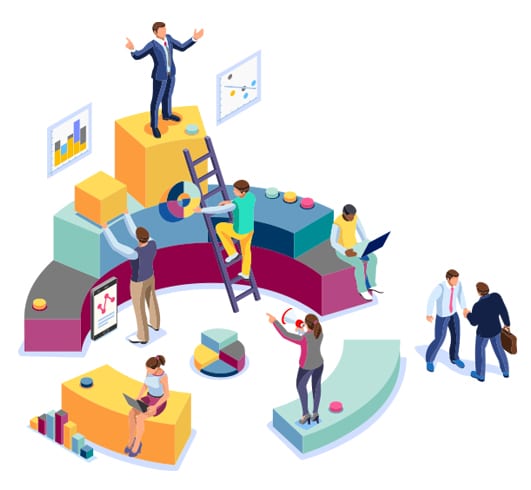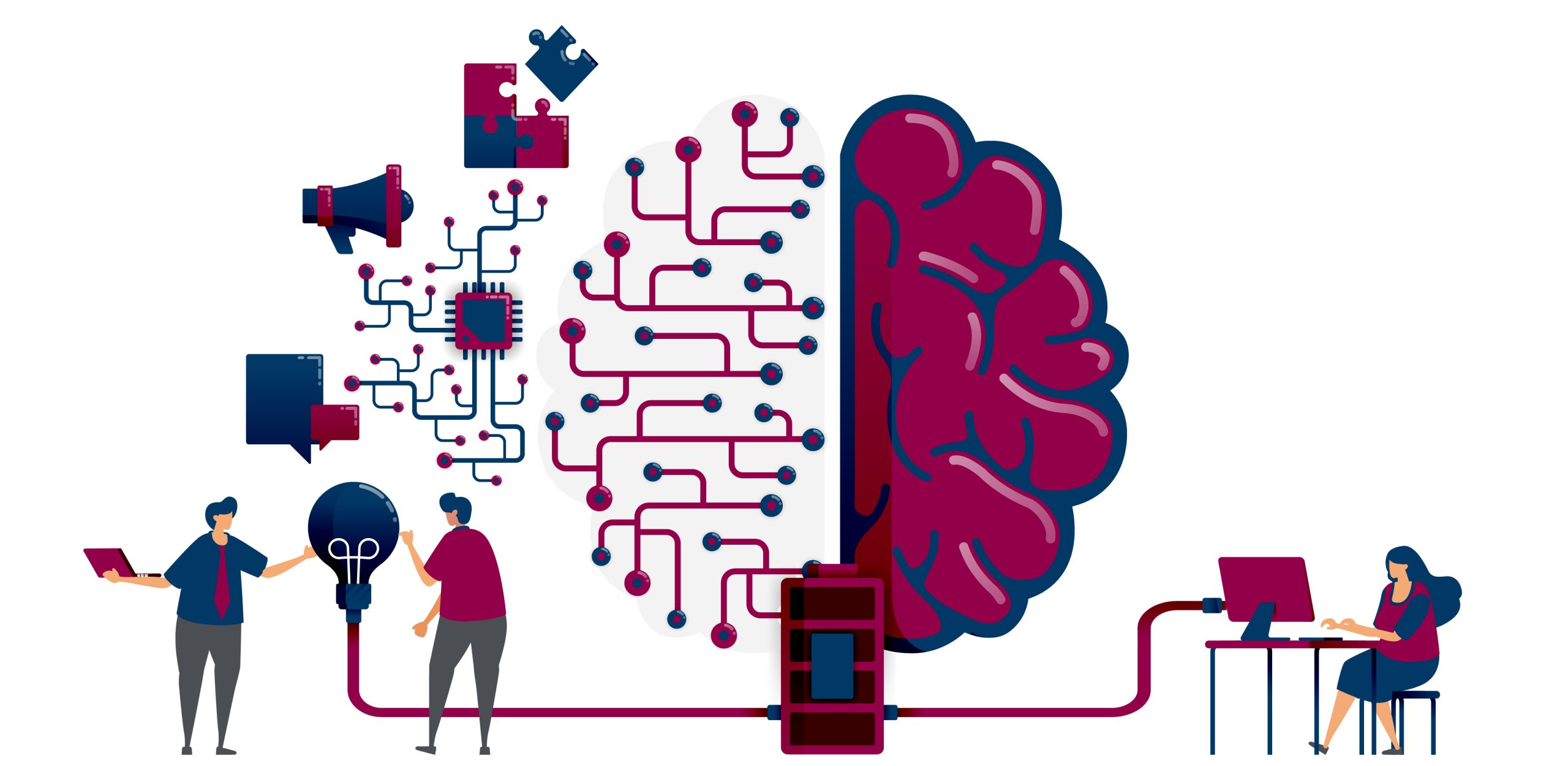Controller’s Guide to a More Accurate Close with Automation for Reconciliation
Blog post
Share
For a Controller, now more than ever, adopting a more efficient approach to reconciliation management is of the utmost importance.
Everyone, from CEOs to stakeholders, banks and auditors, wants a clear view on the company’s financial position – and they want it quickly and accuracy is essential. With the responsibility of execution of reconciliations along with the performance of all other key financial processes, time, transparency and visibility must be on the controller’s side.
Trintech’s 2020 Global Benchmark Report indicates that organizations need to spend more time understanding risk and less time managing data. Today’s controllers must begin driving efficiency and effectiveness by establishing a risk-based approach to account reconciliations which identifies the accounts that inherently have the greatest risk of error and allows their team to focus on high-value activities.
When account reconciliations aren’t completed accurately and on time there is a ripple effect into all other close processes – small errors compound into larger issues (restatements), bottlenecks delay the overall time to close and increased risk becomes inevitable when rushed to meet deadlines. All of this snowballs into less effective, accurate and timely reporting for stakeholders.
In order to understand how manual processes that rely on spreadsheets and off-line documentation diminish the effectiveness of finance teams, it is important to identify the key challenges and bottlenecks of a team’s day-to-day tasks.

Pressures and Expectations of Controllers:
Within the Office of Finance, Controllers are responsible for ensuring an accurate close each period end – which also comes with the following expectations:
- Close quicker
- Reduce cost of finance
- Ensure integrity of data
- Reduce risk
- Manage the human aspect
Unfortunately, it’s well known that close processes, especially reconciliations, are low on visibility and high on workload. Managing the account reconciliation process manually often leads to finance teams spending a heavy amount of time and effort on low-value repetitive tasks when more strategic tasks should be their focus.
Accountants have labored too long with repetitive manual processes, and reconciliations especially are too numerous and important to be left vulnerable to human error.
Impact of Manual Processes on F&A Teams
When F&A teams are working with a manual, spreadsheet-based process, lack of communication and connection often lead to inefficiencies. Each accountant forms a “personal” method of account reconciliation – which leads to inaccurate reviews and little time to resolve discrepancies.
Additionally, pulling together all the data sources required to reconcile these accounts manually consumes an excessive amount of time. And as organizations continue to grow, the time and energy needed to reconcile everything successfully grows in tandem.
Inefficient processes highlight a large challenge for finance and accounting: having to do more tasks with fewer resources. Due to the nature of spreadsheets, most organizations struggle to staff the required amount of people to handle a large number of accounts that must be reconciled each period-end.

Typically, no matter how talented a team is, these issues wear on employees and eventually lead to overworked, stressed teams who are working late nights and extra hours just to get the job done. When an organization reaches this point, the probability that unnoticed errors will occur is extremely high, and teams often end up passing along numbers they are not fully confident in to keep the close process moving.
When faced with this challenge, Controllers must react strategically and transition to a more technology-intensive operating model focused on streamlining the reconciliation processes.
Benefits of Automation for Reconciliation
Instead of relying solely on spreadsheets to handle reconciliations, an automated solution can improve the integrity of all financial statements while speeding up the process and minimizing the inherent risks of conducting the process manually. Automation provides end-to-end visibility and control while enabling the reallocating of effort into areas best impacted by critical thinking and problem-solving.
Implementing automation will result in real-time benefits teams can see quickly including:
- Efficiency
- Effectiveness
- Visibility and Control
- Risk Reduction
- Cost Savings
With greater visibility, misstatements can be mitigated before causing work to pile up. For example, managers are able to keep track throughout an account reconciliation project, instead of being made aware of errors at the last minute.
Automation also allows the account reconciliation process to become more accurate, resulting in executives gaining reliable insight into their business’s financial situation.
“While ERP upgrade/ consolidation can take years, there is high payoff for organizations that can invest in automation that can be realized in a fraction of the time, which is often the case with supplemental solutions that integrate into existing environments.” – Leveraging Advanced Technology to Succeed In A Complex Financial Environment, Forrester
Benefits of Risk Intelligent Robotic Process AutomationTM (RI RPA)
Robotic Process Automation (RPA) is software technology that minimizes the need for human intervention by automatically performing repeatable, rule-based, high-volume tasks. Unlike simple automation, RPA can take into account multiple criteria to determine the next step in a process.
However, while RPA improves upon the status quo of numerous manual processes, only Risk Intelligent RPA is specifically designed to fulfill the needs of the Office of Finance as it applies a company’s specific risk tolerances and compliance framework throughout all financial close activities.
RI RPA takes the burden of repetitive tasks off the human accountant and allows a machine engine to automatically perform repeatable, rule-based, high-volume tasks— such as reconciliations — resulting in key benefits for the Office of Finance including:
- Evolving Accountants’ Roles by Removing Repetitive Manual Tasks – accountants are now available to spend their freed-up time acting as strategic resources by doing projects such as:
- Focusing on exceptions in Reconciliations
- Identifying and removing risk areas and bottlenecks in the Close process
- Cutting Costs Now, and in the Future – through the implementation of RI RPA, highly labor-intensive and risk-laden process of completing a close cycle can be handled in a more cost and time-efficient manner.
- Reducing Risk – by allowing RI RPA to handle the reconciliation and close tasks necessary for a successful close, anomalies in journals and transactions are automatically flagged, the risk of human error is greatly reduced and a reliable workflow that helps protect companies from financial misstatements is created.
- Retaining New Generations of Employees and Reducing Hiring Costs – after implementing RPA, accounting teams are free to work on more value-adding projects that can result in long-term strategy and generate cost-saving changes to the overall corporate structure.

Organizations leveraging the automation and RI RPA capabilities of Cadency® by Trintech are seeing up to a:
- 99% reduction in preparation time on reconciliations
- 90% reduction in the number of accounts to be reconciled
- 40% reduction in internal audit effort
- 14% reduction in risk of revenue impact due to misstatement
As a Controller, the benefits of automation put time back in your hands and the dream of an Office of Finance that is cost-effective, accurate, and reliable becomes a reality.
How Trintech can Help
Cadency is a proven financial close automation solution that helps organizations overcome common challenges within the reconciliation process. Cadency’s System of Controls enables global enterprises to drive a standardized, organization-wide close with improved accuracy and efficiency.
Controllers who have implemented a System of Controls for the Record to Report process have freed up their employees’ time to focus their talents on more value-add activities for the business. Cadency enables more analytical work and eliminates redundant, administrative tasks therefore improving job satisfaction.
With process improvements, such as automated account reconciliations, positive ripples grow from employees up through management. Cadency provides complete visibility enabling greater trust in the numbers being reported as well as a platform to support continuous improvement.
“Trintech’s Cadency solution ensures compliance with common governance processes as every entry is documented with an explanation. The automation allows employees to invest more time in value-added analysis activities rather than on repetitive, manual tasks.” –Sanofi
Check out the Business Case for an Automated Record to Report to discover the ROI of automating your account reconciliations and implementing a System of Controls.
Written by: Karagan McConkey


